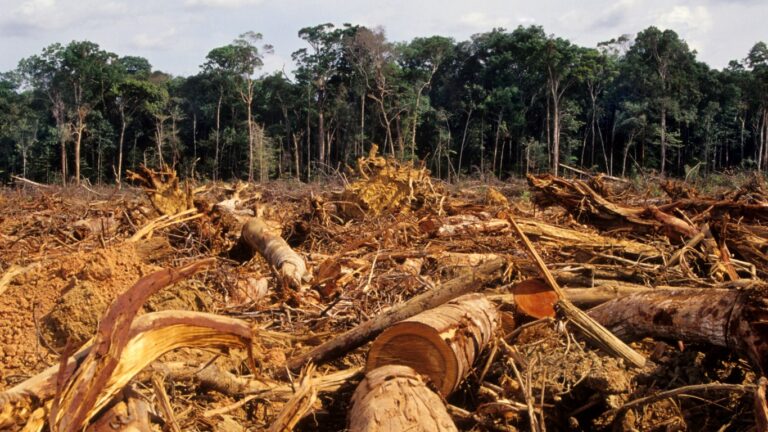Dracula danger! Climate Change Pushing Vampire Bats North Towards United States

Climate change is disrupting habitats around the world, pushing humans and other species to migrate to new environments and increasing the risk of potentially dangerous human-species interactions. While notable examples include sightings of polar bears near Arctic coastal villages and great white sharks in New England, the deadliest encounters have to do with the spread of disease.
Warm November? These 25 Cities Are Smashing Heat Records at an Astonishing Pace
Tesla PD? More Police Departments Are Getting EVs
Shorter, milder winters and warmer year-round temperatures allow disease-transmitting vectors like mosquitos, ticks, and fleas to flourish and cause animal species to migrate in search of more stable climates. In a recent study published in Ecography, researchers found that vampire bats are slowly expanding northward from South America into North America, and could reach the United States by 2050.
Vampire bats are known carriers of rabies. According to the 2023 paper, vampire bats are migrating northward through Mexico at an average rate of 6.1 miles per year, and have contributed to significant increases in rabies outbreaks along the way. Throughout Latin America, rabies outbreaks in cattle surged by between ten- and 125-fold from the 1970s to the 2010s.
While humans exposed to rabies typically receive immediate post-exposure vaccination, rabies is nearly always fatal when left untreated. And although sample sizes are small, bat-borne rabies is on the rise, and has been documented within the United States. According to the CDC, in 2022 there were three bat-borne U.S. rabies deaths in just five weeks, a marked increase in what had been a relatively stable problem.
While bat species in the United States usually only bite humans out of self-defense, vampire bats feed on the blood of mammals, and are consequently far more active vectors of disease. As South American vampire bat populations continue their creep northward into the United States, the risk of a large-scale outbreak in humans and livestock increases significantly.
Sponsor
Find a Vetted Financial Advisor
- Finding a fiduciary financial advisor doesn't have to be hard. SmartAsset's free tool matches you with up to 3 financial advisors that serve your area in 5 minutes.
- Each advisor has been vetted by SmartAsset and is held to a fiduciary standard to act in your best interests. Get on the path toward achieving your financial goals!






